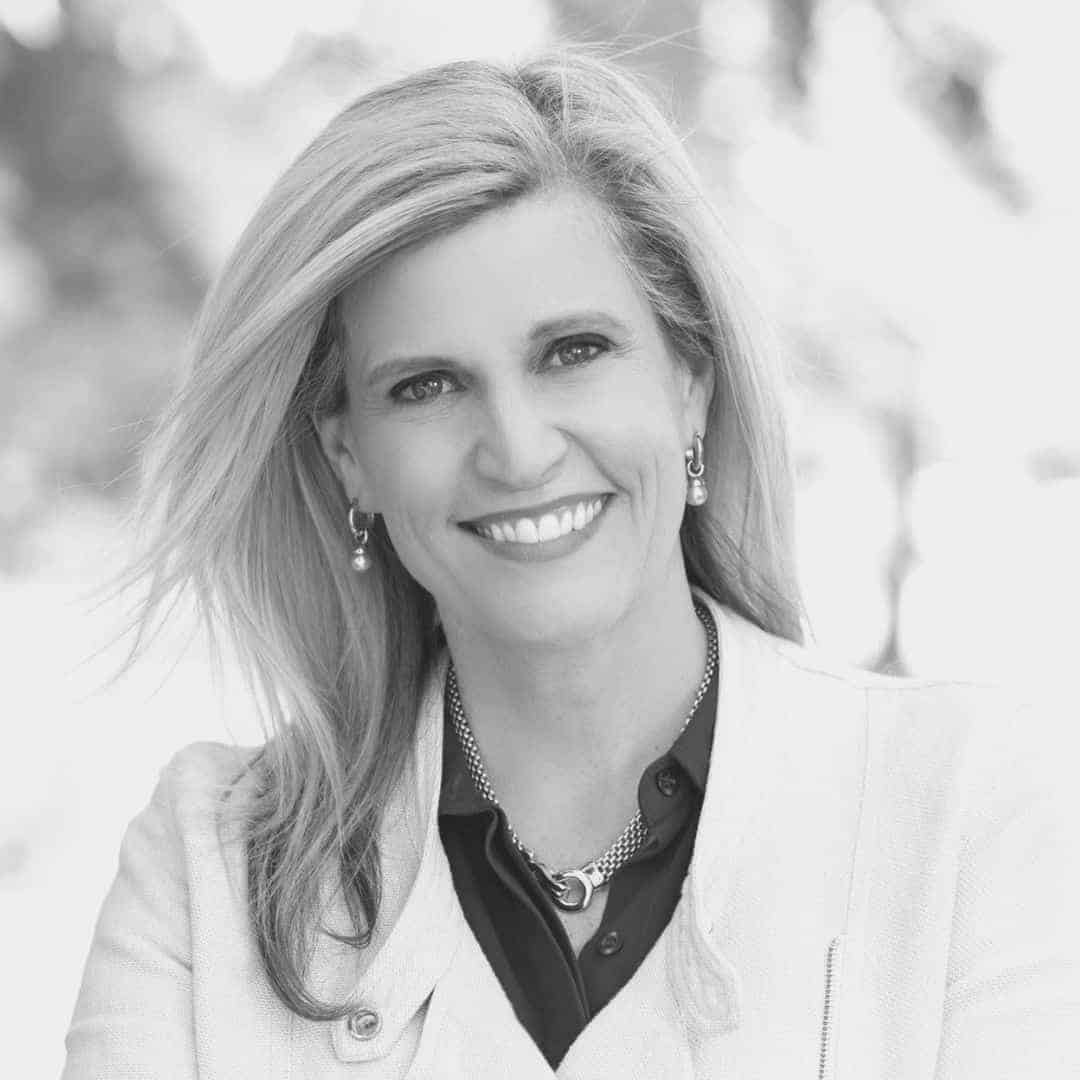Part of launching your business is launching your business budgeting.
A business’s budget has four main functions: it names resources, allocates those resources, evaluates the performance of each allocation, and devises plans for allocating those resources in the future. In short, a business needs a budget to ensure not only that costs are covered by earnings, but that capital is being utilised in the most profitable ways.
A business’s budget has four main functions: it names resources, allocates those resources, evaluates the performance of each allocation, and devises plans for allocating those resources in the future.
After your business is established, budgeting might look like a quarterly review (with adjustments) to make sure you’re on track. But when your business is new, it’s all about planning.
You’ll need to know all the costs involved with running your business—both fixed and variable—as well as how much cash flow you expect. There will be strategy involved, to make sure every dollar is being spent with metred growth in mind.
And just like that, it started to sound complicated and you know why you’ve been avoiding the subject of business budgeting.
But you’re in luck, because you’re about to learn how to create a budget for your business—a budget that will give you peace of mind in knowing you’re secure, as well as the power to intelligently cultivate your growing business.
A Step-by-Step Guide to Business Budgeting
When you have a business budget, you will know at a glance if your business is performing well, or if you need to make adjustments. A business budget will also help you make decisions like when to hire, when to cut expenses (and by how much), when to ramp up marketing, when to make processes more efficient or cost-effective, and when to purchase equipment, amenities or supplies.
When you have a business budget, you will know at a glance if your business is performing well, or if you need to make adjustments.
Of course, you’ve got to have the budget in place first.
Here’s a step-by-step process for creating your business budgeting:
Set a Time Period for the Budget
When you work with a set period of time to project numbers for your budget, you can make sure that your calculations are accurate. For instance, create a budget for your first year in business.
When you work with a set period of time to project numbers for your budget, you can make sure that your calculations are accurate. #entrepreneurlife Share on XThen, you can compute how much revenue you’re expecting during that first year, as well as expenses. When you have the numbers for the first year in place, you can budget monthly revenues and expenditures within that, to make sure you stay on track and control your spending.
This annual structure works well for most businesses, especially those that are seasonal and need to spread their periodic revenue across the entire year.
Determine your Income Forecast
How many contracts do you have that will be producing recurring revenue? How many new customers do you generally take on in a given time period? Are some months heavier than others?
When determining how much income you expect to generate for the coming year’s budget, be conservative. Remember, there might be clients who break their contracts. There might be some who don’t pay on time, and you might get fewer new customers than you expect.
Calculate revenue from items such as hourly work, product sales, interest earned, and investment income.
Determine Fixed Costs
There are certain expenditures you can predict with accuracy. These are your contractual payments that don’t change throughout the year.
These fixed costs might include things like your salary, employees’ salaries, rent, insurance and website hosting.
Determine Variable Costs
There are other costs you can expect to come up, but you might not be sure of the exact amounts. They are subject to the changeable environment of business, and may increase with a surge in sales…or might even be consciously ramped up in an effort to boost business.
Some examples of variable costs are marketing, promotions, sales commissions, travel expenses, equipment purchases, utilities and taxes. Err on the high side for these, to make sure your budget can cover them.
Allow for Unexpected Costs
There will also be costs that arise that cannot be predicted. A piece of equipment breaks, for instance. Or you need to hire a contractor to fulfill a new facet of your business before next year’s budget takes effect.
Since these cannot be predicted, set aside an emergency fund.
Complete a P&L Statement
A Profit & Loss Statement summarises revenue, costs and expenses during a given period, often a fiscal quarter or year. The P&L Statement is used for review, to determine if a business is capable of generating profit by increasing revenue, decreasing costs, or a combination of the two.
For help with putting together a P&L Statement, check out How to Control Business Cash Flow Through the Crisis and this financial statement webinar by Westpac’s Davidson Institute.
Stick to your Budget
It’s easy to commit to sticking to your business budgeting right after you first put together that budget. However, when you get busy, it can be easy to blow it in the heat of the moment.
That’s why it’s important to have procedures in place that will help you keep your budget commitments, without having to think about it.
Make it simple to have the numbers at your fingertips with a programme (or an accountant) to tell you how you’re doing, financially, at any given time. Make it standard procedure to log revenue and invoices on a weekly basis, for instance, so everything you need to know is available to you, to track your progress and avoid unnecessary spending.
I suggest keeping an at-a-glance budget spreadsheet that automatically calculates your bottom line every time you make a new entry. Excel or Google Sheets is all you’ll need.
And to take the work out of it, and make your life even easier, you can get our free Cash Flow Forecast template here.
A Business Budgeting Wrap-Up
It’s no secret that budgeting can cause stress for business owners. But the more you ignore your finances, the more stress you’ll induce. Instead, look at your budget often—every day, in fact. When you’re on top of what’s going on, that stress will be alleviated. You will feel like you’re in control of your business’s finances…rather than the other way around. You will have the power of knowing the moment when things go awry, meaning you’ll have the power to make adjustments before stress takes hold.
It’s no secret that budgeting can cause stress for business owners. But the more you ignore your finances, the more stress you’ll induce.
So, if you’ve been avoiding business budgeting because the numbers stress you out, try taking the reins and showing those numbers who’s boss! If your business is brand new, take control now, so you’ll never have to experience the financial anxiety that comes with uncertainty. And then, as an entrepreneur in complete control of her finances, you can watch your business grow.
Here’s a bonus! Watch the below video to learn all you need to know about creating your own simple Cash Flow Forecast. We’ve even created a Cash Flow Forecast template that you can download right now!
If you would like to be supported by talented, experienced female business coaches while you build a business that’s both profitable and sustainable, then a Fempire Coach is for you. Why not apply for a complimentary coaching session to see if working with one of our expert female coaches will be perfect to support you in achieving your financial goals. Book a session now.
Here’s more on growing your business:
- How to Control Business Cash Flow Through the Crisis
- The 10 Most Important Tactics that will Set your Business up for Success
- Writing SMART Goals: The Key to Business Success
- Women in Business: Why they Under-Charge

Marnie LeFevre is the Founder of Fempire. She is also a #1 bestselling author and marketing expert who has made it her mission to support women to achieve the success they deserve and to lead with confidence. She believes women can achieve anything with the right support and a sisterhood to back them up.





0 Comments
Trackbacks/Pingbacks